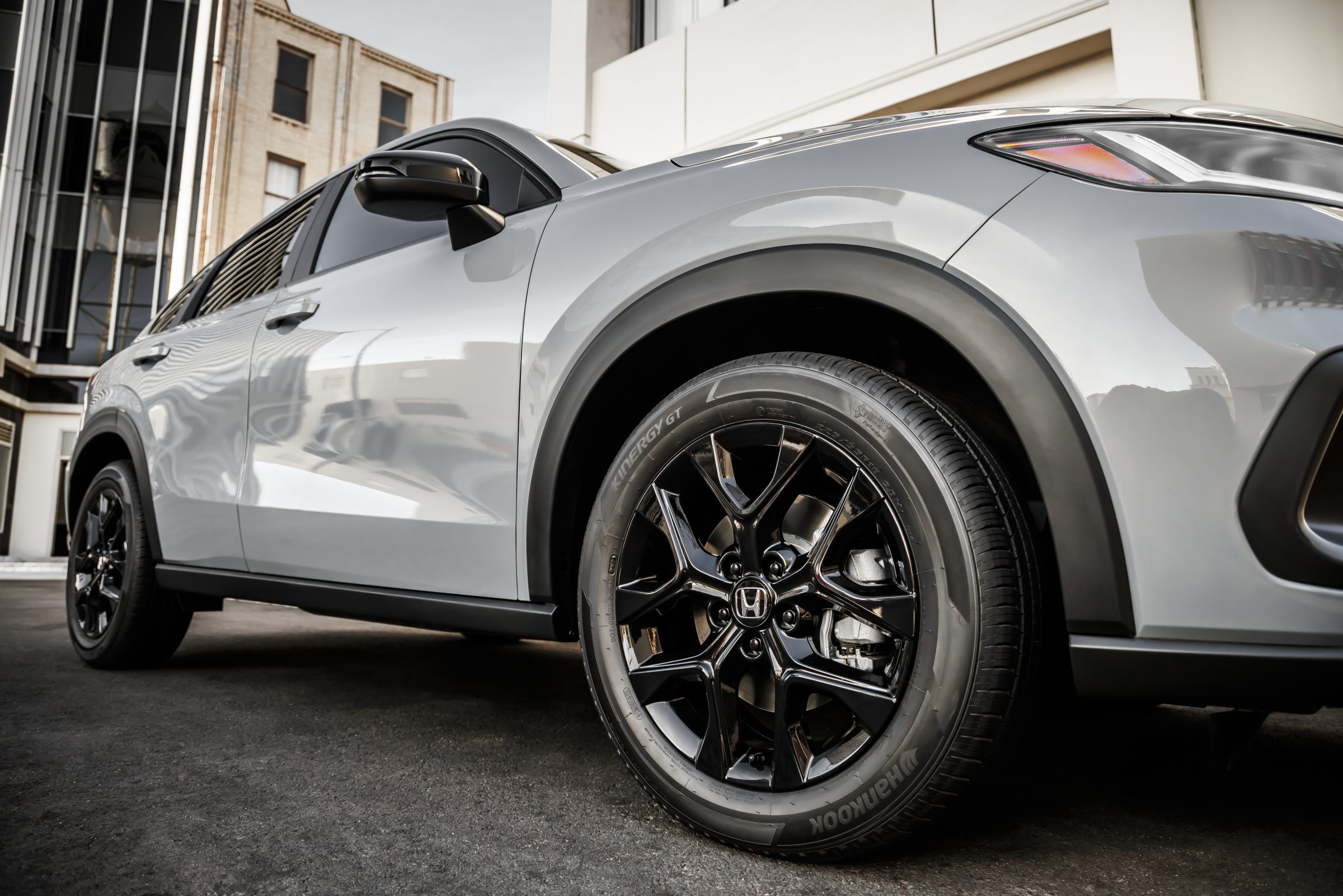When it comes to selecting the right tires for your vehicle, size definitely matters. Whether you’re cruising in an Audi Q3 or exploring off-road in a 2023 Chevy Trailblazer LS. The size of your tires will have a significant impact on your driving experience.
But is bigger always better? Or do small tires have their own hidden perks?
Let’s dive into the pros and cons of large car tires versus small car tires, keeping in mind factors such as fuel efficiency, handling, and cost.
Large Car Tires – their pros and cons
|
|
Pros:
- Improved Grip and Traction: Bigger tires usually provide better traction and grip, which is particularly useful for off-road conditions or driving on slippery surfaces.
- Better Handling: Vehicles equipped with larger tires often exhibit superior handling, making it easier to maneuver on tricky terrains.
- Higher Ground Clearance: Large tires can elevate the vehicle, increasing ground clearance. This is especially important if you’re considering SUVs with high ground clearances.
- Visual Appeal: There’s no denying the aesthetic value of large tires, which can lend your vehicle a robust and aggressive look.
Cons:
- Reduced Fuel Efficiency: Bigger tires are often heavier, which can decrease fuel efficiency.
- Expensive: They generally cost more than their smaller counterparts.
- Increased Wear on Suspension: Larger tires can place extra stress on the vehicle’s suspension system.
- Limited Fit: Not all vehicles can accommodate large tire sizes. Make sure to check compatibility before making a purchase.
Small Car Tires – their pros and cons
|
|
Pros:
- Enhanced Fuel Efficiency: Smaller tires are lighter and generally contribute to better fuel efficiency.
- Lower Cost: They are usually cheaper than large tires, making them a budget-friendly option.
- Better for City Driving: Smaller tires are more agile, making it easier to navigate tight spaces and heavy traffic.
- Ease of Replacement: Due to their standard sizes, small tires are often easier to find and replace.
Cons:
- Reduced Grip: Smaller tires might offer less grip compared to larger options.
- Lower Ground Clearance: These tires usually result in a reduced ground clearance which might not be ideal if you’re into family SUVs with good backup cameras to help navigate uneven terrains.
- Limited Off-Road Capability: Not the best option if you’re considering an off-road adventure.
- Aesthetic Limitations: Smaller tires may not offer the visual impact that some drivers prefer.
Final Thoughts
Choosing between large and small car tires often comes down to your driving needs and personal preferences. If you’re in the market for a family SUV or an electric vehicle, your tire size requirements may differ. Regardless of what you choose, always consult with professionals to ensure you’re making the best decision for your specific vehicle model.
When it comes to different engine sizes or interior designs, there are many variables at play. And just like choosing the perfect 7-passenger vehicle, tire size is one of those factors that require careful consideration.
So, the next time you find yourself torn between large or small car tires, remember that each has its own set of pros and cons. Choose wisely and happy driving!



